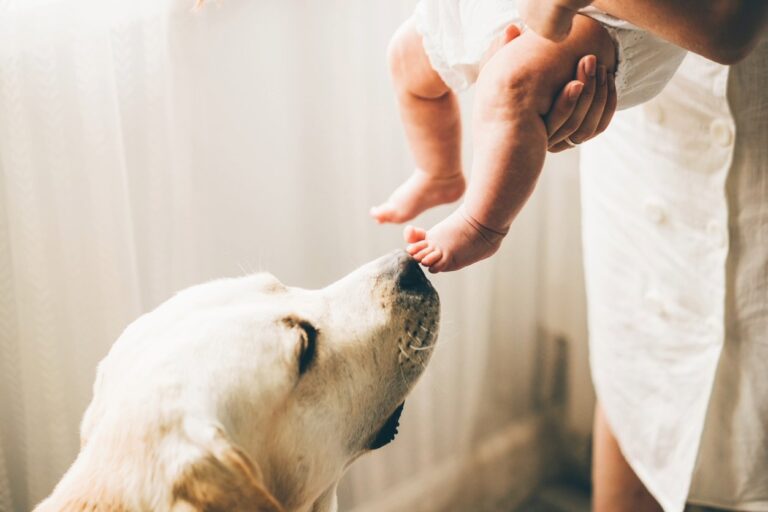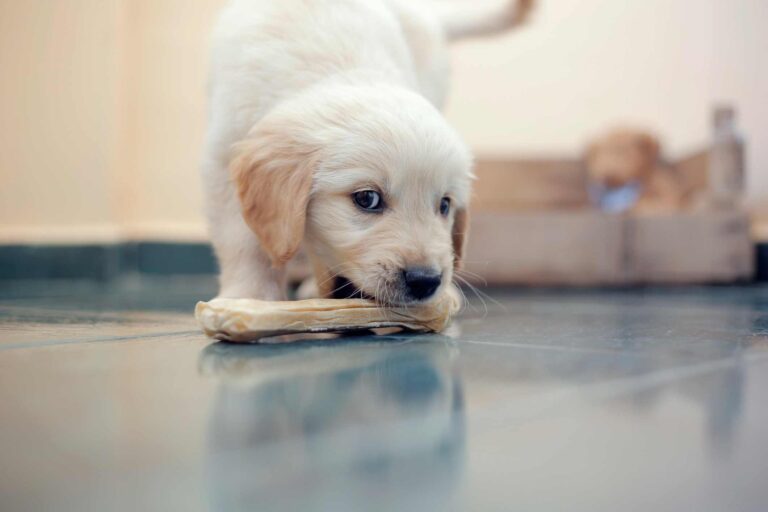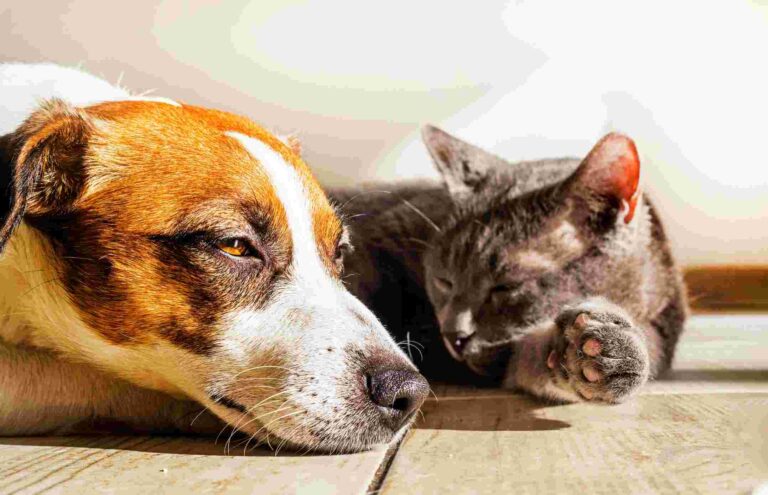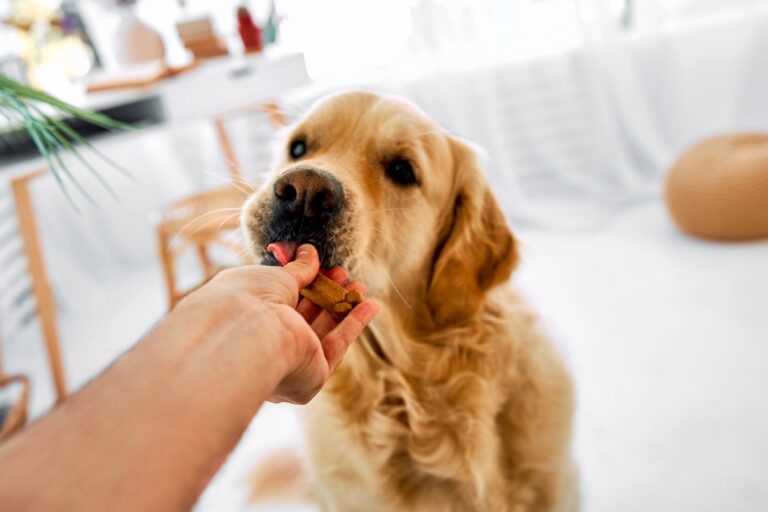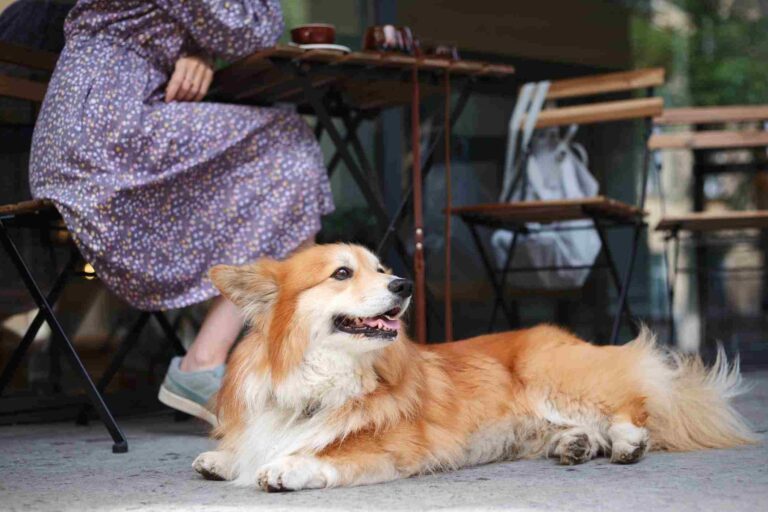Bringing home a new family member is an exciting time! It’s also a tiring and stressful time. We understand you may feel nervous. Our goal is to ease your concerns by offering tips to on preparing your dog for your baby.
Step One: Prepare the space before the baby arrives
A new baby brings a lot of equipment, such as cradles, bassinets, play mats, toys, rockers, changing stations, etc. The first thing is to have all of this set up where it will be when the baby arrives.
Does your dog use the furniture? If one chair in the baby’s room will be off-limits, establish that rule now. Spend time in that room and let your pup know this is off-limits.
Step Two: Acclimate your dog to the baby’s toys and noises
Once you have all the baby equipment set up, it’s important to start using them prior to the baby’s arrival. Your dog should be fully comfortable with new sights, sounds, and toys before the baby arrives.
The best process to introduce your dog to the new equipment is to do what we call “pairing.” Pair the aversive stimulus (e.g., the movement of the “scary” rocking chair) with something your dog deems pleasant (e.g,. a treat). If your dog backs away, ducks their head, tucks their tail, or stiffens their body when any of the equipment moves or makes noise, it means that you need to run pairing with that particular item. Run pairing with that “scary” thing for multiple repetitions (e.g., rock the chair five times in a row and each time the dog gets a treat). You may need to run this exercise with a particular toy a few different times during the week, so the dog geralizes the treatment over time.
If you plan to walk your dog at the same time, make sure to include the stroller in this activity. As soon as you move the stroller with your dog nearby, toss them a treat. Continue pushing the stroller and treating your dog throughout the walk, making it a pleasant experience. It may seem silly to walk your dog with the stroller and no baby, but it’s an excellent way to make sure your first “real” walk with the stroller goes smoothly.
When preparing your dog for your baby, you can prepare your dog for the loud shrieks of a newborn by finding videos online of these sounds. Find a newborn baby noise on YouTube and begin the video with your dog nearby. If they notice the sound, give them a treat. If they continue to seem interested in the noise (e.g. tilts their head, looks at the video/phone, tucks their tail, runs away), these are all things that should be paired with a treat. Run the videos a couple of times a day, feeding at first with a high rate. As your dog settles and ignores the noise, feed at a slower rate.
Step Three: Pairing with your newborn
When you are ready to introduce your newborn to your dog, have your dog on leash and lots of treats nearby. As soon as the dog notices the baby, give the dog a treat. Approach the baby calmly and slowly, continuing to treat your dog as they remain interested in the baby. If you notice your dog is starting to stiffen, raise their tail, tuck their tail, or pin their ears back, do not approach the baby and/or lead the dog gently away with their leash. The close proximity might just be too much for now. Instead, try pairing with the baby from further away and work your way closer over the next week.
After this, continue pairing the baby with treats through whatever new situation arises. Remember, you want to create a positive association with all things baby.
We’re here to help
Would you like assistance in preparing your dog for your baby, teaching obedience, or addressing behavioral issues like fearfulness or sensitivity to touch? You can schedule a free consultation with our Pet Behavior Team. All of our training programs are personalized to your needs and are conducted in one-on-one sessions at your home and neighborhood.
Would you prefer to connect virtually or live outside our service area? Our Certified Applied Animal Behaviorist, Dr. Echterling Savage, provides Virtual Consultation training programs. During these sessions, she will design a personalized training plan that meets your dog’s needs and training goals.
